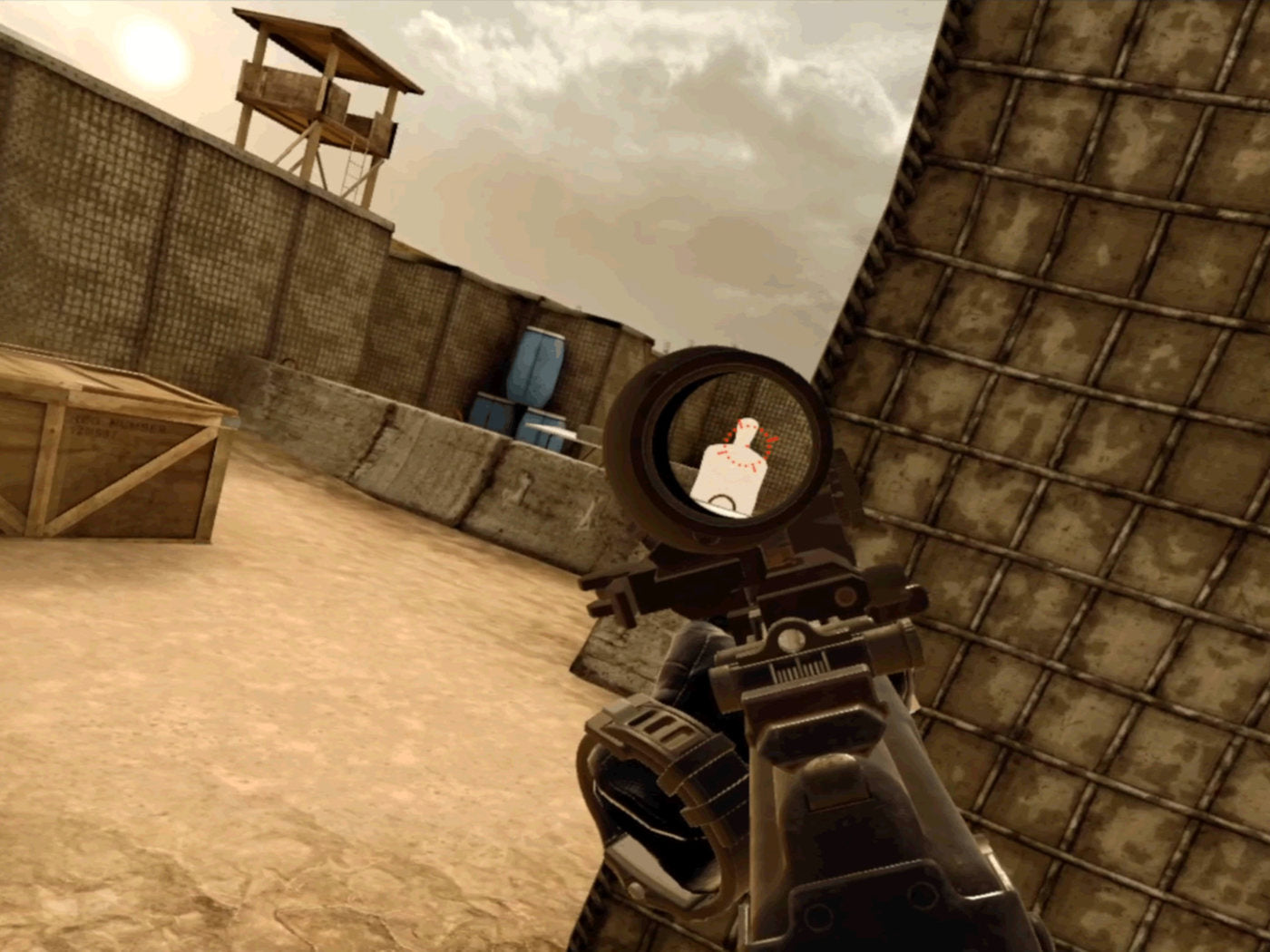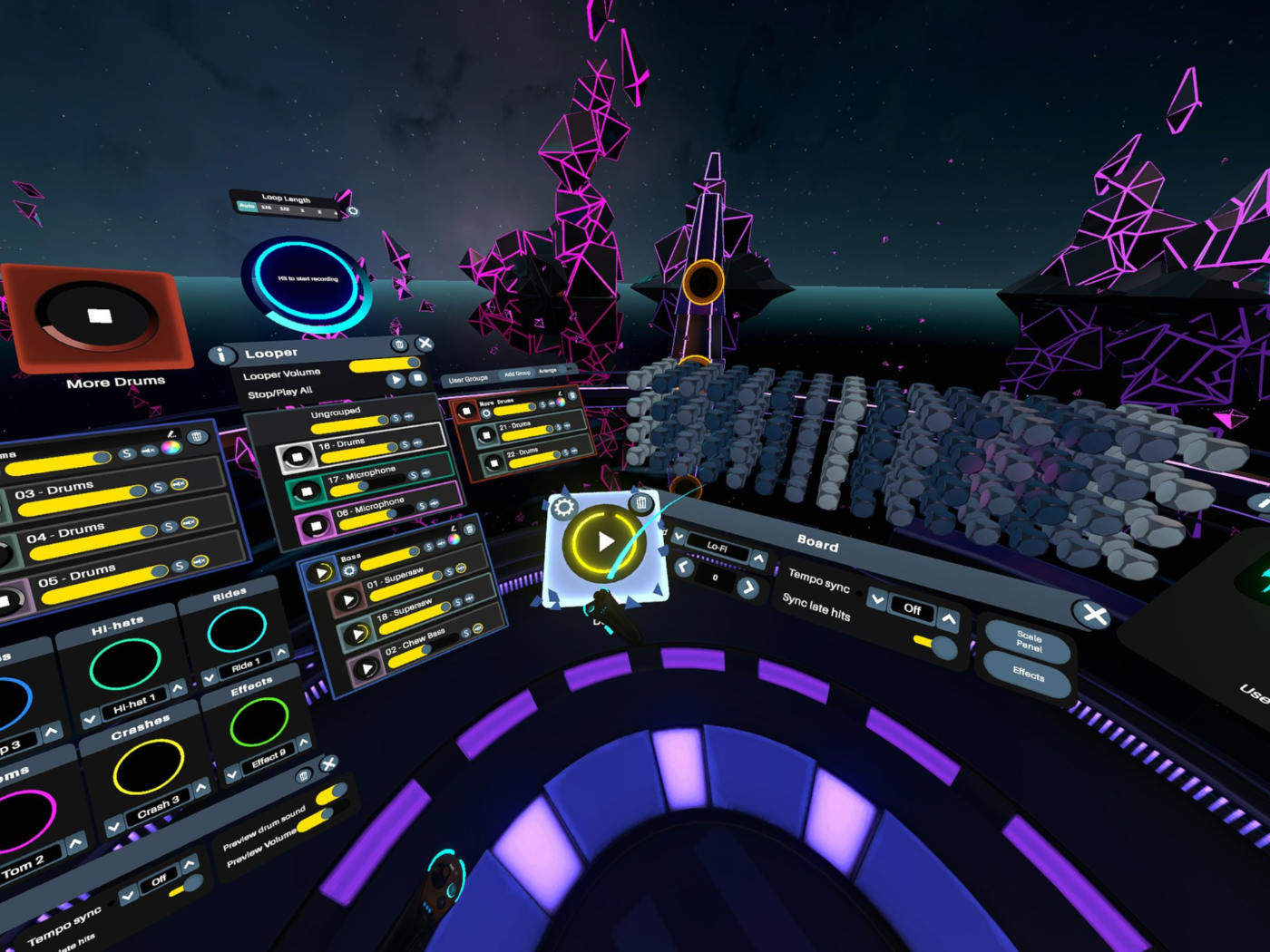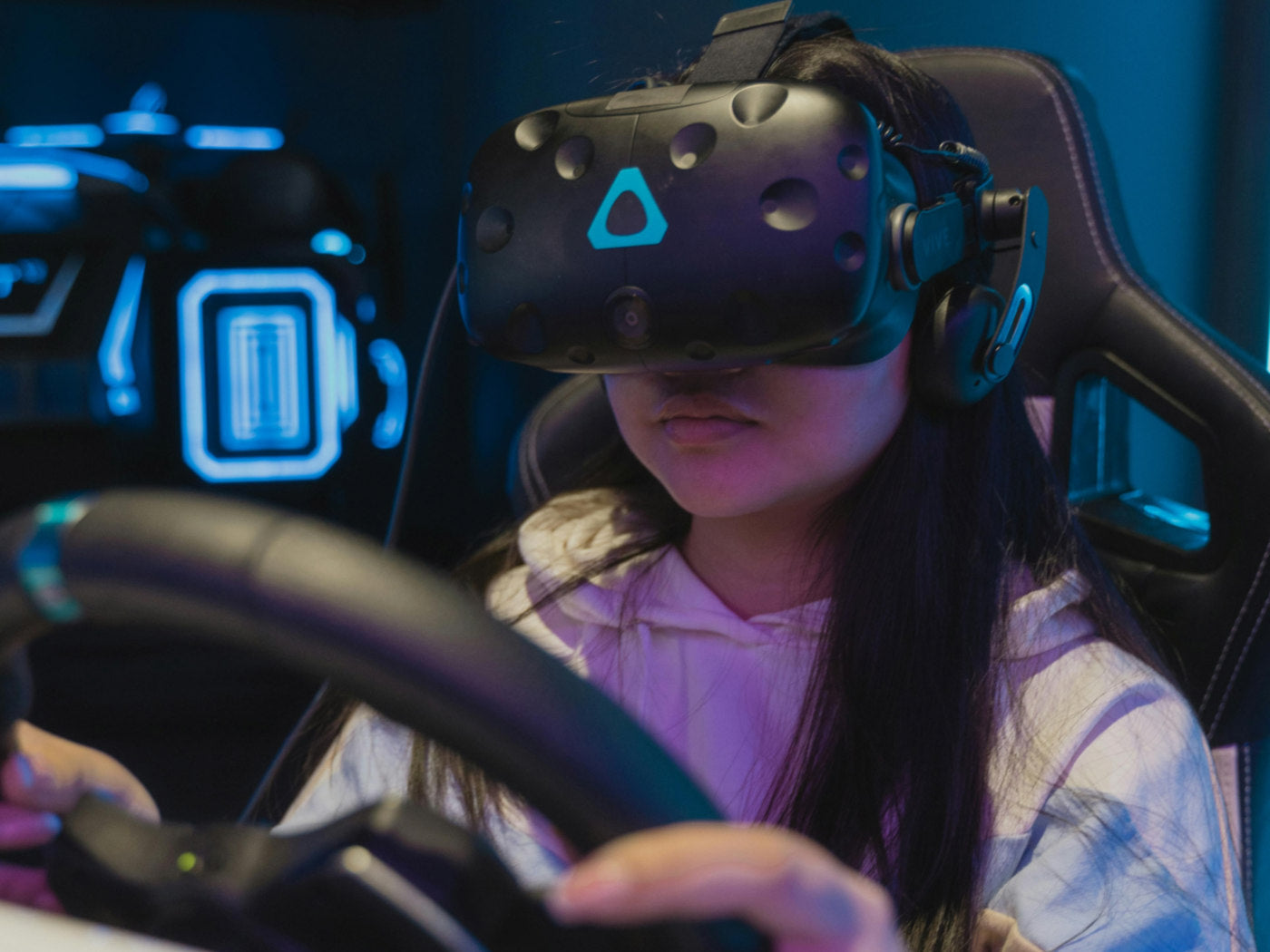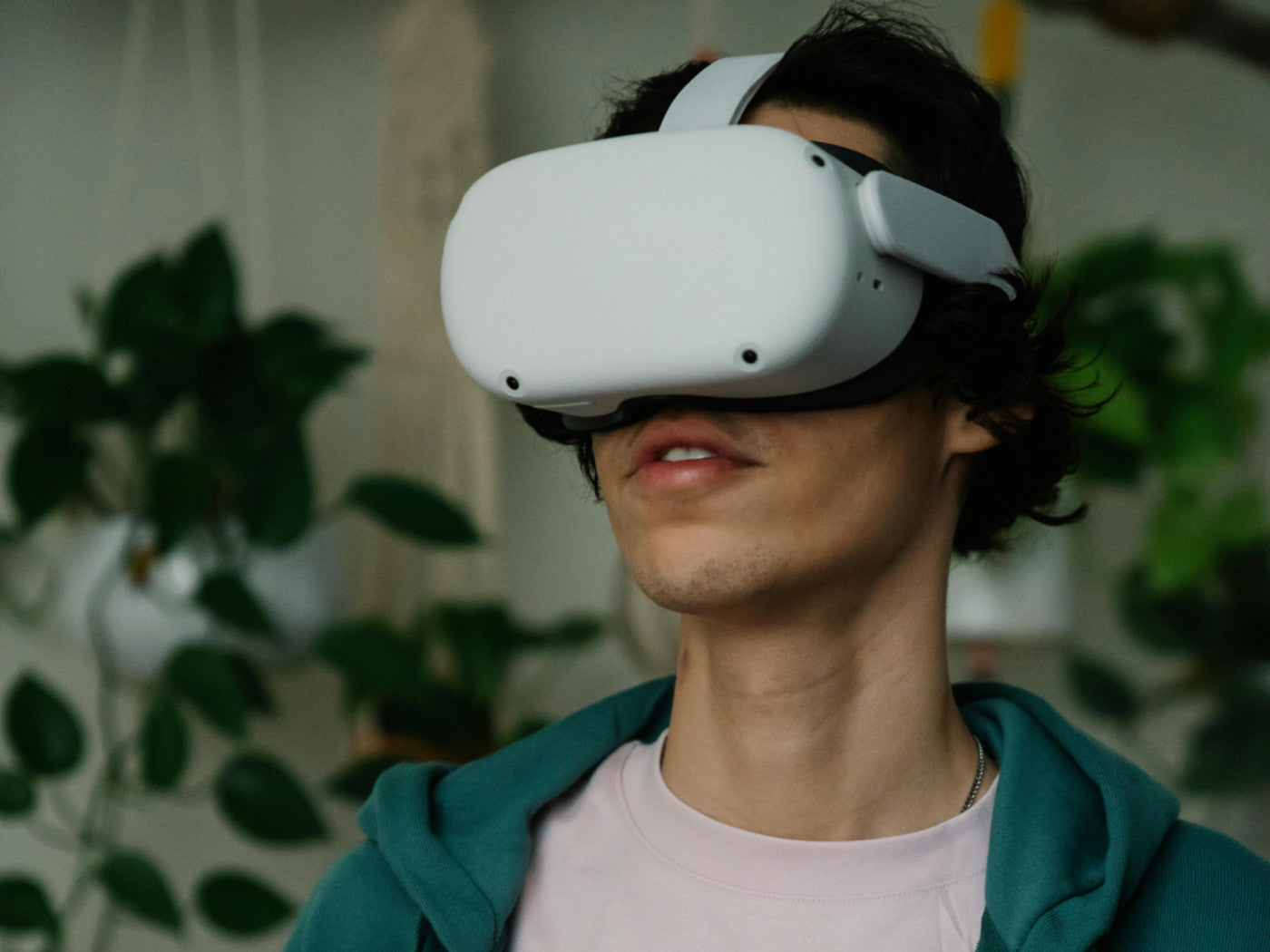Unlike in the past, where VR game creation seemed reserved for industry giants, today's tools and resources make it accessible to virtually anyone with a passion for gaming and a desire to dive into the world of VR. The soaring popularity of VR games isn't just about experiencing new dimensions of entertainment. It's also about how easy it's become for folks like you to create your very own VR worlds.
The Essentials for Getting Started in VR Game Development
Embrace Your Creative Vision
VR game development is a canvas for your imagination. Whether you dream of teleporting players to fantastical worlds, challenging them with mind-bending puzzles, or immersing them in heart-pounding action, it all starts with a creative vision. Define your game's concept, storyline, and the emotions you aim to evoke in players.

Acquiring the Right Hardware
While you don't need to break the bank, investing in a capable computer and a VR headset compatible with your chosen platform is crucial. For instance, the Meta Quest 2 offers an accessible entry point for developing VR games, allowing you to create experiences for this popular headset without the need for an expensive gaming PC.
Selecting the Ideal VR Platform
Consider your target audience and your game's design when selecting a VR platform. Each platform has its unique strengths and limitations.
Mastering VR Game Engines
VR game engines provide the tools and framework needed to bring your virtual worlds to life. Two standout options for VR game development are the following:
Unity is renowned for its accessibility and cross-platform capabilities, making it an excellent choice for indie developers. Unreal Engine, on the other hand, excels in rendering high-quality visuals and is often used in AAA game development. Choose the engine that aligns with your project's scope and your skill set.
Core Elements of VR Game Development
Here, we explore the core elements that lay the foundation for your VR game development journey.
1. The Scene
Every VR experience unfolds within a digital environment known as the "scene." This digital canvas serves as the backdrop for your game, encompassing everything from landscapes to architecture. As a VR developer, you'll populate this space with game assets, creating a rich and interactive world for players to explore. The scene is where your creative vision takes shape, and where the magic of VR truly begins.

2. Game Assets
These includes a wide selection of elements, including characters, objects, textures, lighting, and more. Each asset plays a unique role in shaping your VR world and crafting the player's journey. Whether it's a mystical sword, a sentient AI character, or a moonlit forest, meticulous attention to detail in designing and implementing game assets breathes life into your VR creation.

3. VR Game Behavior
VR game behavior dictates how different elements interact within the virtual world. This includes the rules governing player actions, NPC behavior, physics simulations, and more.

For VR game developers, this means translating creative concepts into code. A strong grasp of programming languages like C++ or C# is invaluable here.
4. Orientation
Your world exists in 3 dimensions, defined by the X, Y, and Z axes. These axes establish the spatial coordinates for every element in your scene. Your job as a developer is to ensure that these coordinates align seamlessly, creating a coherent and immersive environment.

Proper orientation ensures that players can explore your VR world naturally, moving, turning, and interacting without disorientation.
5. Attention to Detail
Paying attention to the finer points of your game assets and scene design is what elevates your VR experience from good to exceptional. Textures, bump mapping, and mesh intricacies all contribute to the realism of your virtual world. By honing these aspects, you draw players deeper into your creation, fostering a sense of presence that defines the VR experience.
Crafting Your Own VR Game
Creating a compelling VR experience is not just about the technical aspects; it's an art form that involves storytelling, immersion, and user engagement.
1. Storytelling in 360 Degrees
VR offers a unique storytelling canvas where the traditional rules of narrative can be rewritten. Instead of a linear plot, think in terms of 360-degree storytelling. Your players are immersed in the story, surrounded by its elements.

Consider how your narrative unfolds from every angle. Use spatial audio to guide players' attention, and experiment with non-linear narratives that let users explore and discover the story at their own pace.
2. Immersion through Interactivity
Think about how players can interact with objects, characters, and the environment. Incorporate physics-based interactions, gesture controls, and haptic feedback to make the experience tactile.
Immersion is also about sensory engagement. Leverage spatial audio to create a rich acoustic environment that responds dynamically to the player's movements, and explore haptic feedback to provide physical sensations that match the virtual world.
3. User-Centric Design
Design your VR experience with the user at the center. Implement comfort options like teleportation movement to accommodate a wider audience. Ensure your VR game is compatible with popular headsets like the Quest 2 as this opens up your audience significantly.
4. Atmosphere and Aesthetics
Use lighting, textures, and environmental details to set the mood. Pay attention to scale and proportion to create a sense of presence.

Experiment with different art styles, from hyper-realistic to abstract, to evoke different emotional responses. Remember that players will be in your world for extended periods so aesthetics play a crucial role in maintaining their engagement.
5. Optimization for Performance
VR experiences demand high performance. Ensure your VR game runs smoothly on various hardware configurations. Optimize your code, textures, and models to maintain a high frame rate and minimize latency.
Strive for a balance between visual fidelity and performance. A VR game that stutters or lags can break immersion and lead to discomfort. Regular testing on different devices and performance profiling are essential to deliver a polished experience.
6. Playtesting and Iteration
The development process should involve iterative playtesting. Invite users to try your VR game at different stages of development and gather their feedback. Use their insights to refine gameplay mechanics, fix bugs, and improve the overall experience.
Launching Your Own VR Game
1. Marketing and Hype
Start your marketing efforts well before launch. Create teaser trailers, gameplay videos, and engaging promotional content to share on social media platforms, VR forums, and gaming communities. Consider reaching out to VR influencers and reviewers for early access and reviews. Generating hype can lead to a successful launch day.
2. Pricing and Monetization
Determine your pricing strategy and monetization model. VR games can be sold as one-time purchases, subscription services, or offer in-game purchases. Research competitor pricing and evaluate the value your game provides to set a competitive price.
3. Storefront Submission
Prepare all the necessary assets and documentation for storefront submission. Each platform has its guidelines and requirements for submission. Ensure your VR game complies with these standards to avoid delays or rejections.
4. Launch Event
Consider hosting a launch event or live stream to celebrate the release of your VR game. Invite players, influencers, and the press to participate. A well-executed launch event can generate buzz and attract attention.
5. Reviews and Feedback
Monitor reviews and player feedback after launch. Use this information to identify areas for improvement and gather insights for future projects. Positive reviews can serve as endorsements for potential players.
Recommended Accessories For Any VR Game:
1. ZyberVR Magnetic Battery Pack
2. ZyberVR Night IR Light
3. ZyberVR Black Sling Bag
Conclusion
If you've ever dreamed of creating your own VR game, now is the perfect moment to turn that dream into reality. The virtual world is yours to shape, one line of code, one stunning environment, and one immersive experience at a time. Your journey in VR game development starts here, and the possibilities are boundless.





